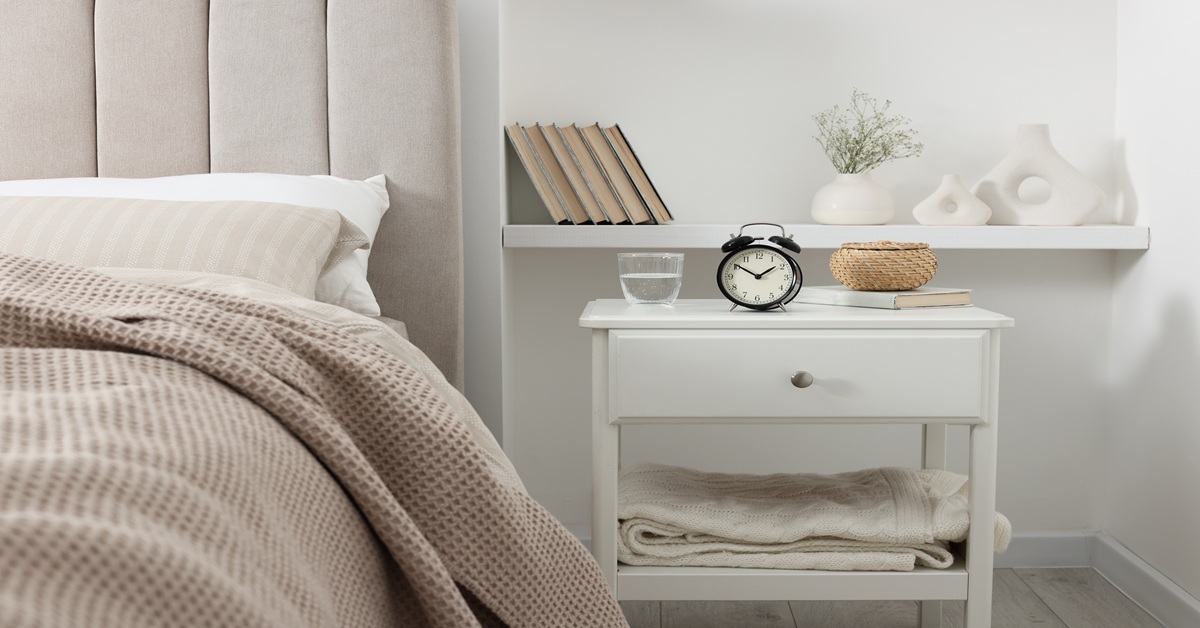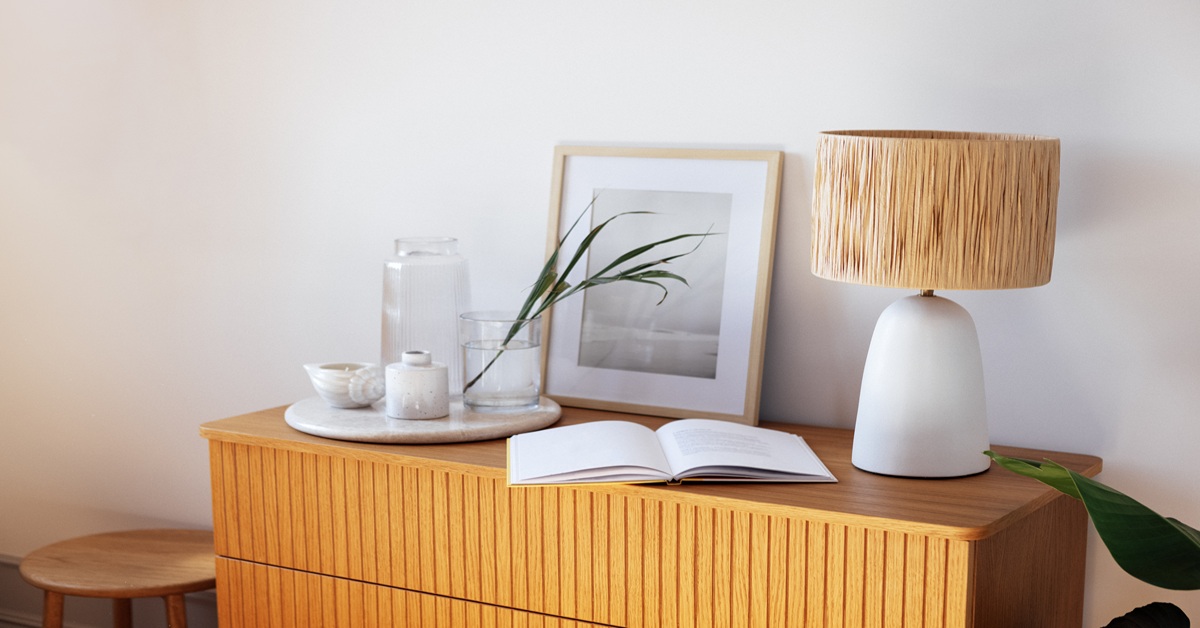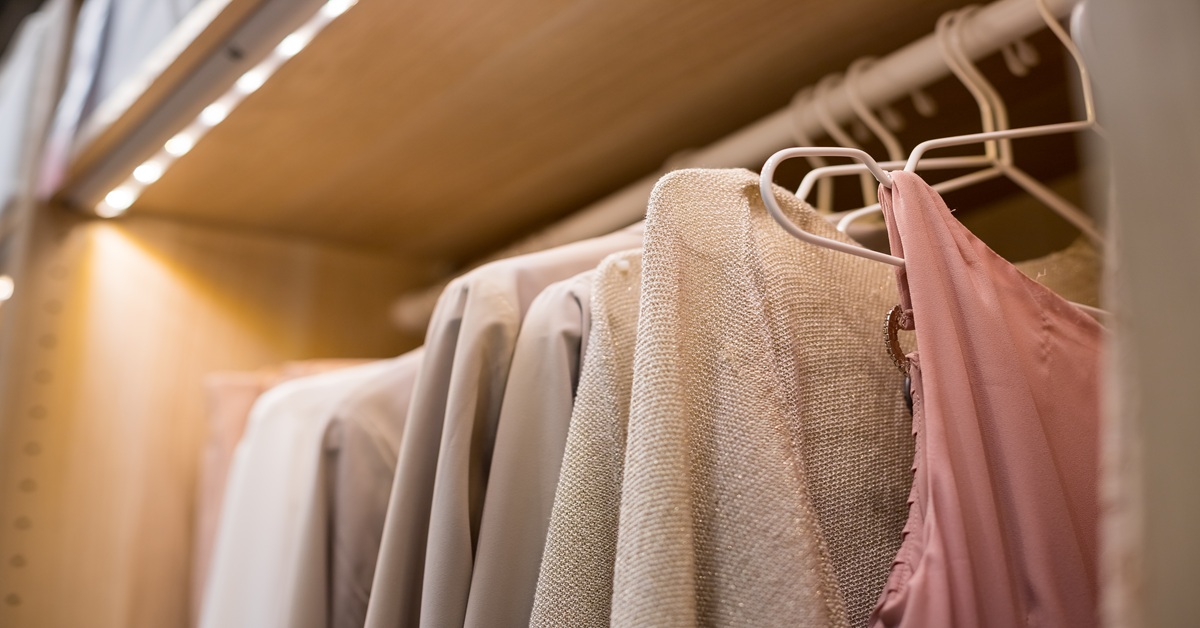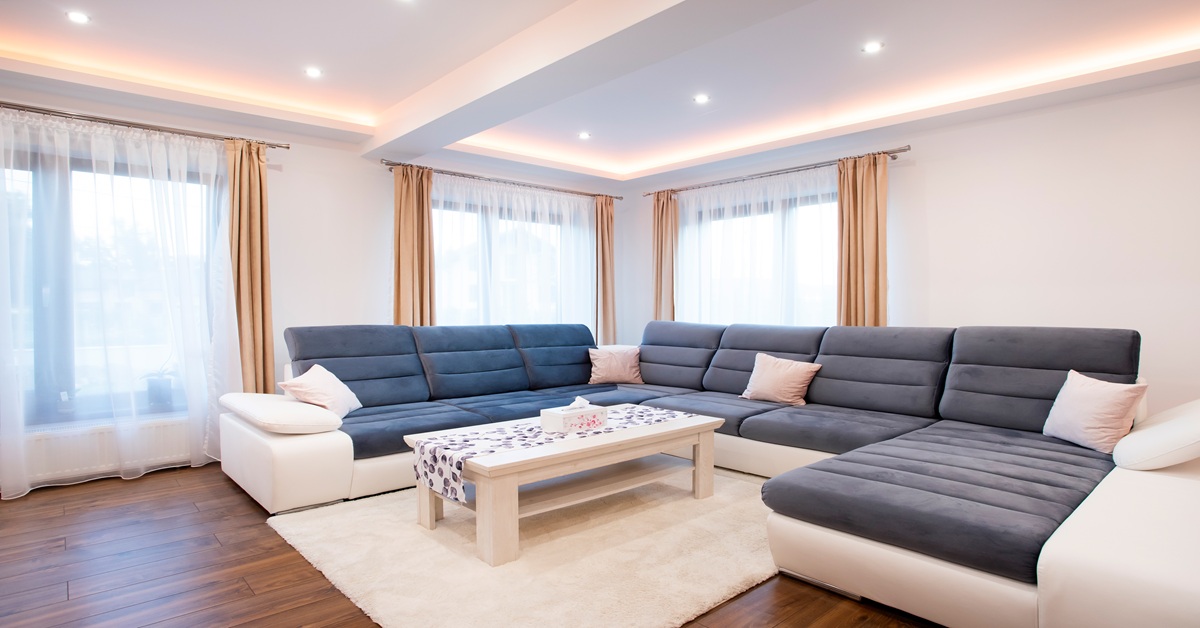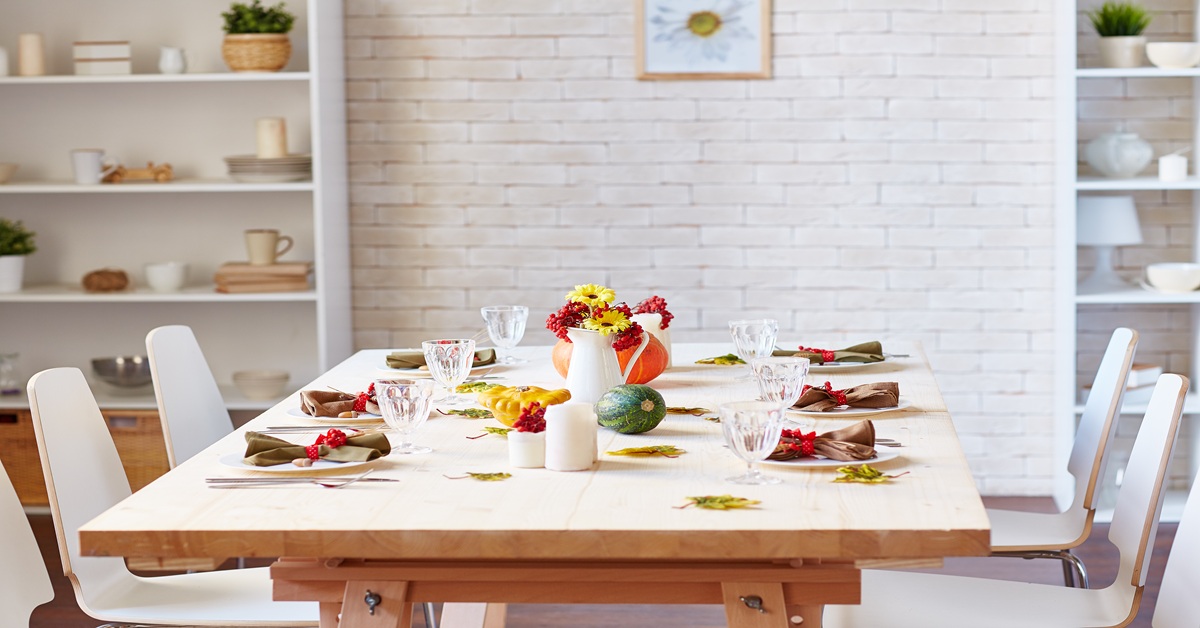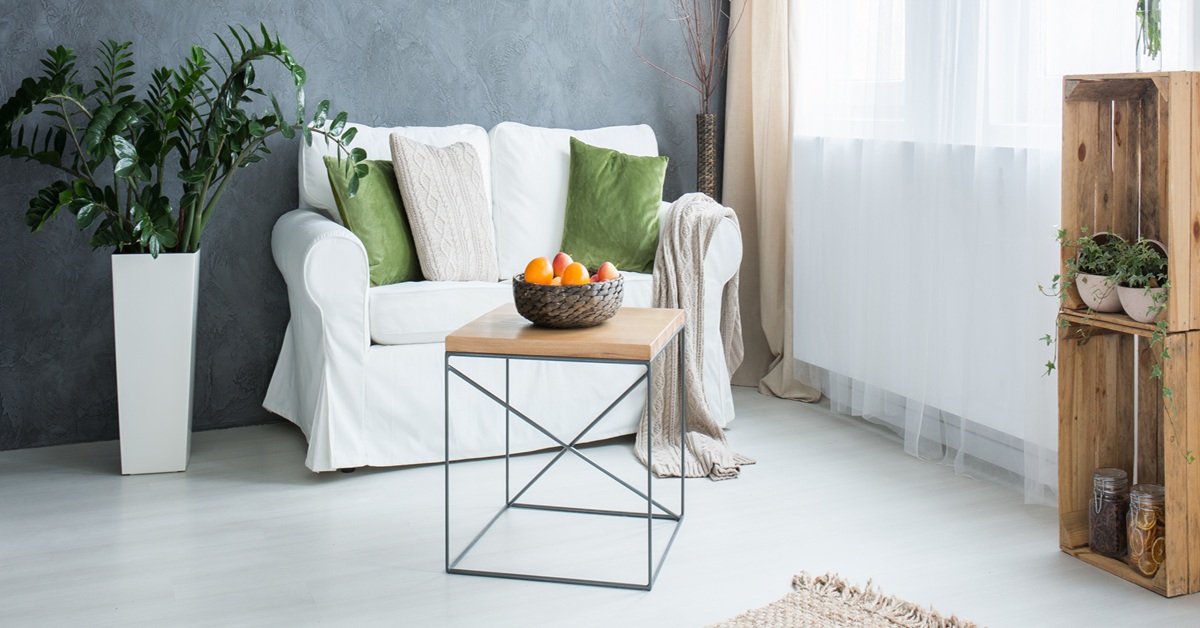
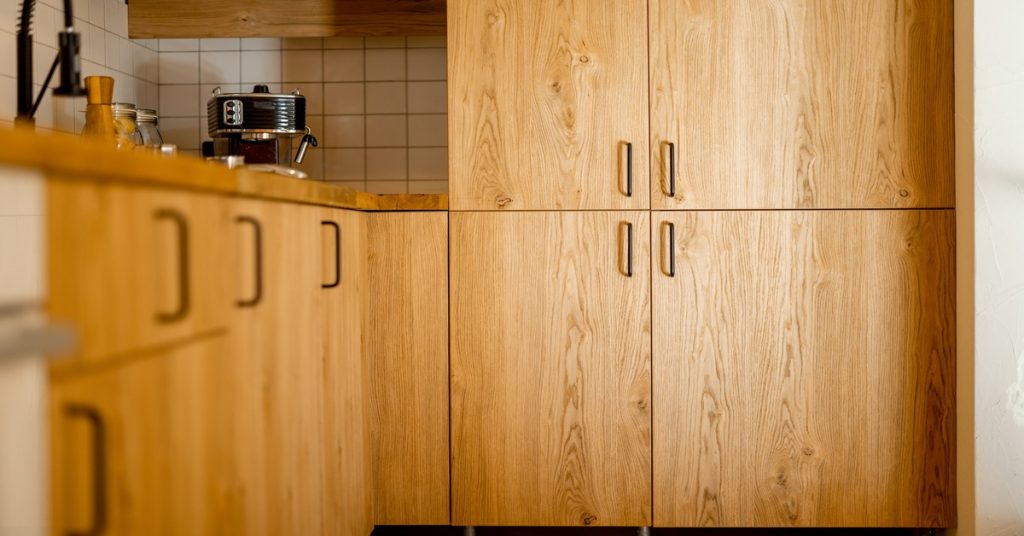
Introduction
Cupboards are a key aspect of any home that is well-organised and practical. They are a huge investment in the inside of your home, give you practical storage space, and determine the style of a room. On the other hand, the quality of the material utilised will decide how long a cupboard will endure and how well it will hold up over time. Plywood is the greatest material for making cabinets since it is strong, flexible, and stable in all dimensions.
Table of Contents
ToggleThe Importance of Choosing the Right Plywood for Cupboards
- Solid wood and particle board can bend and twist, which is one of their main concerns. Plywood, on the other hand, is a man-made material that is designed to retain the same size throughout time. Putting together thin pieces of wood so that the grain of each layer passes across the grain of the next layer makes it. This unique way of building makes a sheet that is flat and balanced, and it won’t bend, twist, or bow.
- It should be strong enough to support clothes, books, dishes, and other big goods without breaking or sagging. This will make them last longer. Good plywood has a considerably better strength-to-weight ratio than other materials. Plywood is exceptionally hard to bend and can withstand a lot of weight because its cross-grain structure transmits stress uniformly throughout the full sheet.
- Cabinets need to be resistant to moisture since they are continuously getting wet, especially in bathrooms and kitchens where there is a lot of humidity. Low-quality plywood may bloat, split, and decay if you put water or even a lot of humidity on it. This is a huge concern for kitchen cabinets since they get sprayed with water and steam every day.
- Plywood is a great material for shelves because it has a smooth, flat surface that makes it easy to work with. It looks wonderful with a multitude of different treatments, such as paints, polishes, veneers, and laminates. You can simply adjust the look of plywood to meet your design needs, whether you desire a shiny, modern finish or a classic, natural wood grain look.
Explore the different types of plywood to choose the perfect grade for cupboards that stay strong stylish and long lasting.
Understanding the Right Grade of Plywood for Cupboards
- MR means that it is resistant to moisture. This is the sort of plywood that is most often used inside. It is constructed with urea-formaldehyde resin and is meant to be able to handle humidity and dampness in the air. MR grade plywood is a fantastic choice if you don’t want to put cabinets in a room that might get damp, such the living room or bedroom.
- BWR stands for “Boiling Water Resistant”, and BWR plywood is substantially more resistant to water than MR plywood. It is made with a superior phenolic glue, which makes the bond stronger and less likely to break when wet. BWR grade plywood is the ideal type of plywood for kitchen cabinets and cabinets in places like laundry rooms where water splashes and high humidity from steam are always a problem.
- BWP grade plywood, which stands for “Boiling Water Proof”, is the greatest type of plywood. People sometimes call this kind of plywood “marine plywood” because it doesn’t soak up water easily. BWP plywood is completely waterproof because it is put together with a phenolic resin that hasn’t been watered down. After being in hot water for hours, there is no damage or delamination.
The Role of Plywood Density and Core Quality
- The density of a plywood sheet is an excellent way for determining how good it is. Dense plywood is manufactured by glueing together high-quality pieces of hardwood wood that are very close together. This makes a heavy, substantial, and very sturdy sheet. Low-density plywood, on the other hand, is comprised of thinner layers of wood and may contain holes or voids in the middle.
- Cheap plywood has a lot of core gaps and voids, which is why shelves break. These are spaces that are left unfilled in the core of the sheet throughout the manufacturing process. You can’t see them on the outside, but they are weak points in the construction that make the whole sheet less sturdy. Plywood with core gaps can easily distort, and heavy stuff can make its shelves sag or even break.
- The hinges and slides on cabinet doors and drawers need to be securely fastened to the cabinet frame because they are always being utilised. This is why plywood needs to be able to hold screws and other fasteners tightly. The sturdy core and high-density plywood make it easy for screws and nails to hold on.
- The strength and durability of a cupboard depend on how thick the plywood is. The main body of a cupboard is usually 19 mm thick, which is sturdy enough to handle heavy goods without bending or warping. Cabinet doors should be between 12mm and 16mm thick. For strength and weight, this is the perfect amount of thickness.
Invest in high quality plywood with solid density termite resistance and ISI certification to build cupboards that last for decades.
Making the Final Choice for a Lasting Cupboard
- Termites and borers are pests that can hurt wooden furniture a lot without being detected. They can chew through the middle of a piece of plywood from the inside out, producing a thin shell that is easy to break. Choosing plywood that has been treated to keep termites and borers away is always the best choice.
- The ISI logo means quality and trust in India. It signifies that the plywood was built to be strong and of good quality, as required by the government. Look for the IS 710 stamp on the plywood if it is BWP grade. Look for the IS 303 designation if it is MR grade.
- The name of the brand that makes plywood is a fantastic way to tell how wonderful their products are. A well-known name probably has a history of creating plywood that is strong and lasts a long time. They will also offer a warranty or guarantee on their items, which shows that they trust the materials they utilise.
- You might have a favourite kind of plywood, but it’s always best to pick one over another. You might want to use MR plywood for a work that doesn’t cost much, but BWP quality is better for a kitchen that will last. Calibrated plywood is the sole option for a furniture task that needs a high-quality finish for the same reason.
Conclusion
Choosing the right plywood for your cupboards is a big decision that will affect how long they last, how well they work, and how much they will be worth in the long run. You can protect your investment by making smart choices about plywood, such as knowing the different types, grades, the need for a sturdy core, and other important elements. Using high-quality, termite-resistant plywood from a trusted brand like Wigwam will make sure that your cupboards look good and last for decades.
Choose WigwamPly for premium plywood solutions that combine calibrated precision termite protection and durability you can trust for every cupboard.
FAQ’s
- Which plywood is best for cupboards?
BWR and BWP plywood are best as they resist water and stay durable. - What thickness of plywood is used for cupboards?
19mm for the structure and 12–16mm for shutters works well. - How can I check plywood quality?
Look for ISI marks, good density, and fewer gaps in the core. - Is termite resistance important in plywood?
Yes, termite-treated plywood keeps cupboards strong for years. - Why choose Wigwam plywood for cupboards?
Wigwam gives calibrated, termite-resistant, long-lasting plywood trusted by many.
